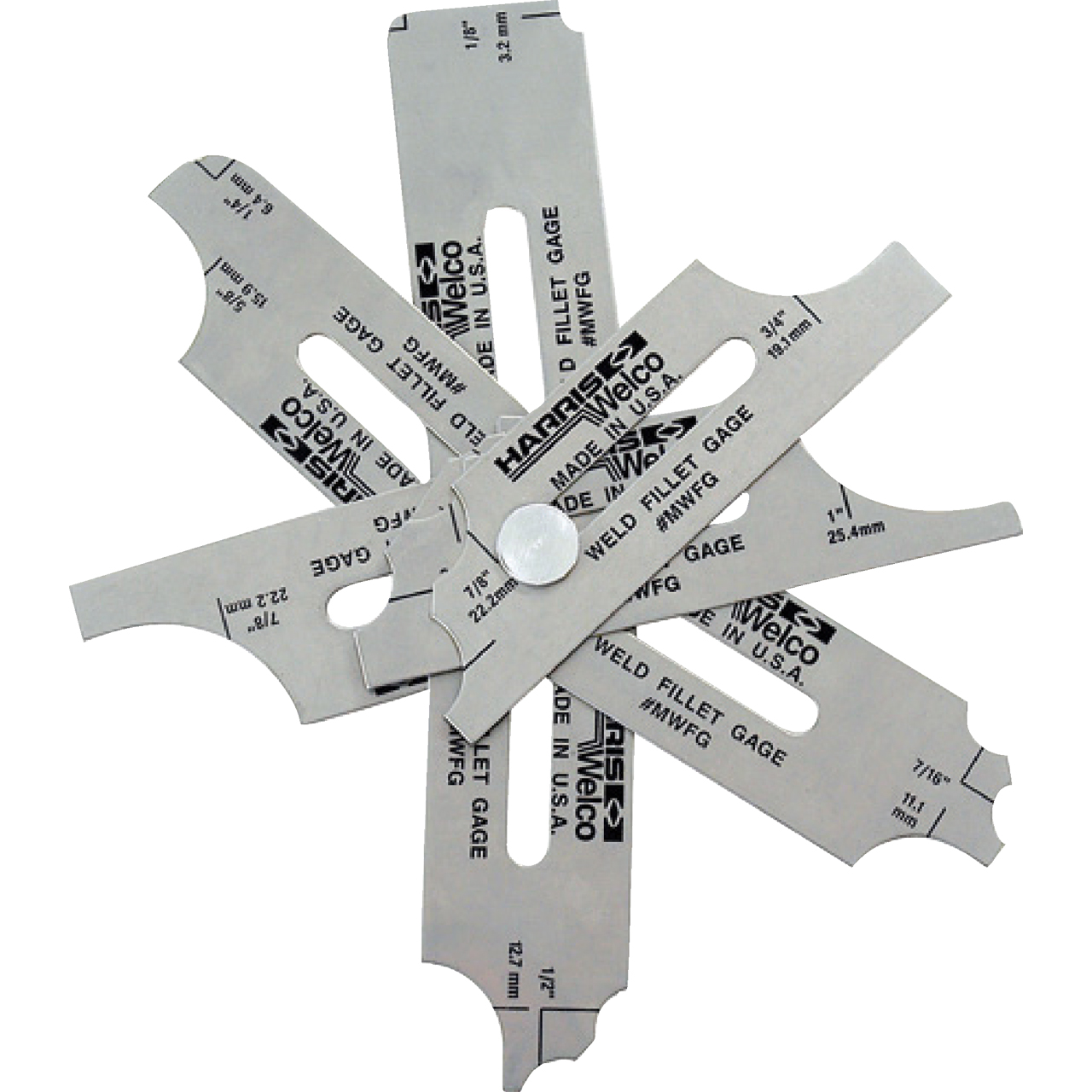The Ultimate Overview to Fillet Weld Quality Control: Guaranteeing Toughness and Longevity in Your Welded Joints
In the world of welding, making sure the toughness and longevity of fillet welds is critical for the stability of welded joints. The quality assurance steps applied throughout the welding procedure can substantially influence the architectural soundness of the last product. From the choice of ideal products to the meticulous inspection of welds, each step plays a vital duty in identifying the total quality of the weld joint. As we get started on this exploration of fillet weld quality assurance, we will certainly uncover necessary elements that influence weld toughness, look into efficient assessment methods, and go over techniques for stopping common weld problems. Remain tuned to discover just how mastering these methods can boost the longevity and integrity of your welded joints.
Importance of Fillet Weld High Quality Control
Making certain appropriate fillet weld quality assurance is vital in assuring the structural stability and longevity of welded elements in numerous industries. Fillet welds are generally utilized in structural steelwork, bridges, pressure vessels, pipelines, and various other vital facilities where the toughness of the weld is essential to total safety and security and performance. Quality assurance steps such as visual inspections, non-destructive testing, and adherence to welding procedures assist identify prospective flaws like lack of fusion, incomplete penetration, undercutting, or extreme support.
Trick Variables Affecting Weld Toughness
Accomplishing optimal weld strength requires cautious consideration of numerous crucial factors that affect the stability and resilience of the bonded joint. The very first essential variable appertains joint preparation, which includes cleaning the base steels to get rid of any type of contaminants that might weaken the weld. Furthermore, the fit-up of the joint is necessary to make certain proper infiltration and fusion of the filler material.
The option of the appropriate welding method and criteria likewise plays a substantial function in determining weld toughness. Elements such as warmth input, travel rate, and electrode angle can impact the quality of the weld. Keeping the right interpass temperature level throughout multi-pass welding is essential to avoid splitting and make sure a solid bond between the layers.
Additionally, the choice of filler product and its compatibility with the base metals is important for attaining high weld toughness. Using filler product with the ideal mechanical homes can enhance the total stability of the weld. Post-weld warm therapy and proper evaluation methods are vital steps in guaranteeing the stamina and sturdiness of the welded joint.
Evaluation Methods for Weld Integrity

An additional essential assessment approach is liquid penetrant testing, where a liquid dye is used to the weld surface area - Gauge Fillet Weld. The color seeps right into any surface-breaking problems, making them visible under UV light. This technique works for identifying flaws that may not be visible to the naked eye


Ultrasonic screening is likewise extensively utilized for inspecting weld honesty. High-frequency acoustic wave are routed into the weld, and any interruptions in the sound wave pattern suggest potential issues like cracks or absence of fusion.
These examination techniques play an essential function in ensuring the high quality and reliability of welds, eventually adding to the general toughness and sturdiness of bonded joints in industrial setups.
Protecting Against Typical Weld Issues
In order to maintain the structural honesty of welded joints in industrial applications, it is critical to execute preventative measures to attend to usual weld defects. One typical issue is lack of fusion, where the filler product falls short to bond properly with the base metals, causing weak spots in the weld. This can be avoided by making sure correct warmth control and using the appropriate welding method.
An additional constant issue is porosity, caused by gas entrapment in the weld metal during the welding process. To stop this, it is vital to clean the base metals thoroughly, use dry electrodes, and preserve an appropriate welding atmosphere with appropriate air flow.
In addition, splits in welds can endanger the joint's toughness. To prevent this issue, it is very important to control the cooling price after welding, make use of pre-heating when essential, and pick ideal welding criteria.
Enhancing Bonded Durability With Proper Strategies
One vital method to boost weld sturdiness is to guarantee correct weld bead positioning. By placing the weld grain precisely within the joint, the weld's stamina and resistance to fatigue can be substantially improved.
Picking the right filler metal and making sure the sanitation of the base steels can protect against inclusions and other problems that might jeopardize the weld's toughness. By applying these correct techniques, welders can ensure that their welded joints exhibit remarkable stamina and toughness, satisfying the greatest high quality requirements.
Final Thought
In verdict, keeping top quality control requirements for fillet welds is vital for making sure the stamina and toughness of welded joints. By here comprehending the essential elements affecting weld strength, making use of examination approaches for weld stability, stopping common weld defects, and using correct methods, Your Domain Name welders can enhance the overall resilience of their welds. It is vital to prioritize quality assurance actions to create durable and trustworthy welded joints.
In the world of welding, making sure the strength and durability of fillet welds is extremely important for the stability of welded joints. As we get started on this exploration of fillet weld top quality control, we will reveal necessary elements that affect weld stamina, dive into reliable assessment methods, and go over strategies for protecting against common weld issues.Accomplishing optimum weld stamina calls for careful factor to consider of various crucial factors that affect the integrity and sturdiness of the welded joint (Gauge Fillet Weld).In final thought, maintaining high quality control criteria for fillet welds is important for making certain the stamina and toughness his explanation of welded joints. By comprehending the key aspects influencing weld strength, using examination methods for weld stability, stopping usual weld flaws, and using proper techniques, welders can improve the general durability of their welds